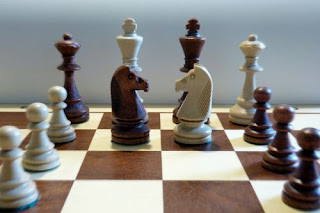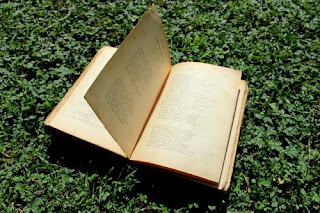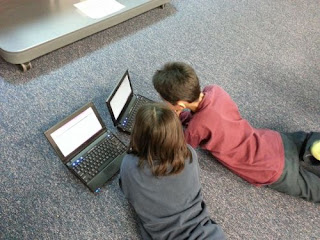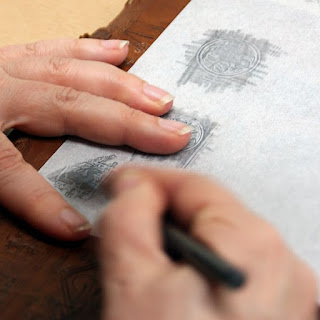Decorating Old Glass Jars and Bottles

Tin cans are not the only things that can be made into pretty crafts. Most likely, you have a stash of used glass jars in your house. You and your children can make a lot of things with them. After you wash the jars and remove their labels -- as well as any traces of the adhesive that was used to attach the labels -- there are countless ways of decorating them. You can paint them, tie ribbons around them, stick things on them, drip melted crayon on them... Just be careful that your kids don't break them and injure themselves . Then, you can use the finished product for many things. You can use them as organizers for various items, flower vases, or even as lanterns . Here are some ideas of things you can do with glass jars and bottles . Again, the limit is your imagination.
























